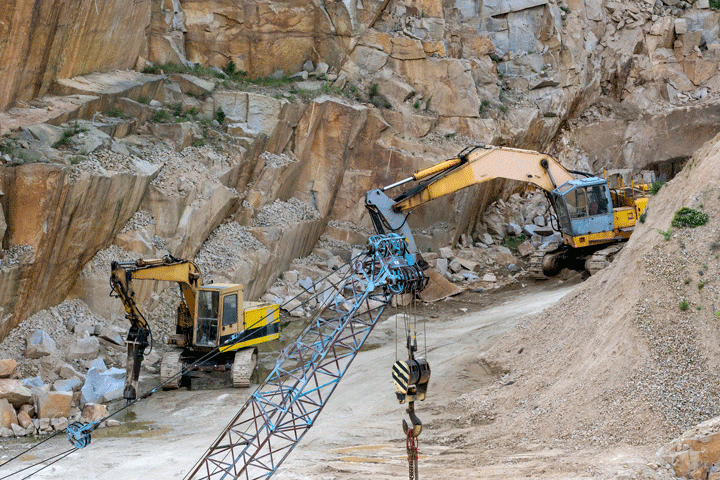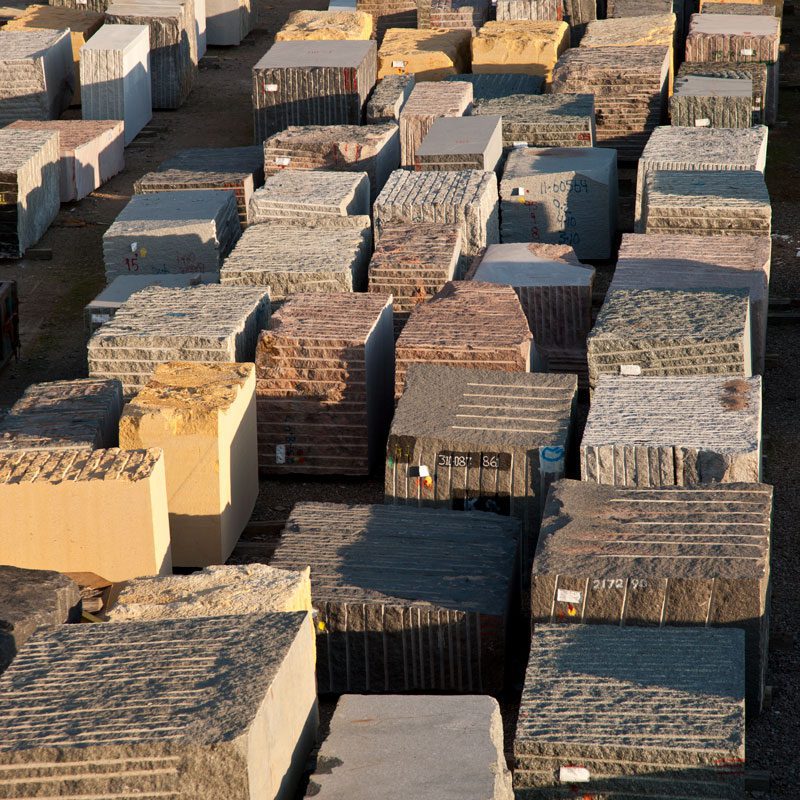Uncovering the Rich Background and Sustainable Practices of Granite Quarrying
As we depend on the precipice of discovering the complex tapestry of granite quarrying, a trip through time reveals not simply the physical act of extracting rock but likewise the cultural and historical significance woven into the very fabric of this technique. From the ancient origins that laid the foundation for modern quarrying methods to the sustainable methods that are forming the future of this market, each chisel mark on granite surface areas narrates waiting to be unearthed (granite quarries in south africa). The heritage of granite quarrying extends far past simple removal; it is a testament to human ingenuity, durability, and the enduring appeal of this impressive stone
Old Origins of Granite Quarrying
Dating back to ancient worlds, the technique of quarrying granite has been an indispensable part of human history and architectural advancement. The earliest proof of granite quarrying go back to old Egypt, where large pyramids and detailed sculptures were crafted from this durable rock. The Egyptians utilized primitive devices to draw out granite blocks from quarries, showcasing the significance of this product in their monumental buildings.
Moving on in history, the Greeks additionally made substantial contributions to the quarrying of granite. The Greeks utilized granite in various building marvels, such as temples and sculptures, showing their ability in shaping and sculpting this hardy rock. The Romans even more refined the methods of quarrying granite, employing sophisticated tools like knives and hammers to essence and shape granite for their famous structures.
Via the centuries, the practice of quarrying granite has advanced, with contemporary innovations improving performance while maintaining the ageless charm of this natural rock - granite quarries in south africa. From old civilizations to contemporary builders, the heritage of granite quarrying continues to shape our globe
Evolution of Quarrying Techniques
The evolution of quarrying methods has actually been noted by a constant progression towards higher efficiency and precision in removing granite. From the fundamental methods used by our ancestors to the innovative modern technologies utilized in modern quarrying procedures, the industry has undergone substantial improvements. Early quarrying techniques entailed hands-on labor with fundamental tools such as knives, hammers, and wedges to remove granite blocks from the earth. As people proceeded, techniques like fire-setting and primitive nitroglycerins were presented to facilitate the removal procedure.
In more recent times, the arrival of equipment revolutionized the quarrying industry, enabling quicker removal rates and enhanced performance. Technologies such as ruby cable saws, high-pressure water jets, and pneumatic drills have actually come to be common in modern quarries, enabling exact cutting and decreased waste. Developments in computer-controlled equipment and 3D modeling have actually enhanced quarrying operations, leading to minimal environmental impact and improved sustainability techniques. As the need for granite remains to climb, the advancement of quarrying methods remains indispensable to conference industry needs successfully and sustainably.
Social Significance of Granite
Granite holds a profound social relevance throughout different people because of its enduring visibility in architectural masterpieces and admired monoliths. From the marvelous pyramids of Egypt to visit our website the intricate makings of the Angkor Wat holy place in Cambodia, granite has been a material of selection for sharing splendour and longevity in social heritage. In ancient Rome, granite columns embellished temples and public structures, symbolizing stamina and durability. The social relevance of granite expands beyond its physical attributes; it personifies durability, security, and timelessness, making it a sign of withstanding legacies and practices.

Lasting Practices in Quarrying
Among the abundant history of granite quarrying and its social value lies an expanding emphasis on lasting methods within the sector. As environmental awareness and concerns regarding resource deficiency have actually heightened around the world, the quarrying field has progressively accepted sustainable approaches to decrease its influence on the environment and surrounding neighborhoods.

In addition, improvement and rehab of quarry websites post-extraction are essential to lasting techniques. By recovering quarried areas to a natural or beneficial state, such as producing wild animals habitats or entertainment rooms, quarriers can counter the ecological impact of their procedures and contribute positively to the regional environment.
Heritage of Granite Quarrying
With a historical backdrop steeped in workmanship and industrial development, what enduring effect has granite quarrying left on the landscape of modern-day culture? The heritage of granite quarrying transcends plain extraction methods; it has actually shaped architectural wonders, metropolitan landscapes, and social heritage worldwide. The long lasting nature of granite has actually made it a recommended selection for monoliths, buildings, and infrastructure, standing as a testament to the ability Check Out Your URL and creativity of quarry employees throughout generations.
In addition, the financial impact of granite quarrying can not be neglected. The industry proceeds to provide employment possibility and drive local economies in regions where granite removal is widespread. It has actually likewise spurred technological improvements in quarrying strategies and devices, bring about a lot more reliable and sustainable techniques.
In regards to sustainability, the heritage of granite quarrying includes initiatives to reduce ecological impacts via improvement tasks and liable resource administration. By balancing financial interests with ecological stewardship, the market makes every effort description to make certain that future generations can remain to gain from this enduring natural resource.
Final Thought
